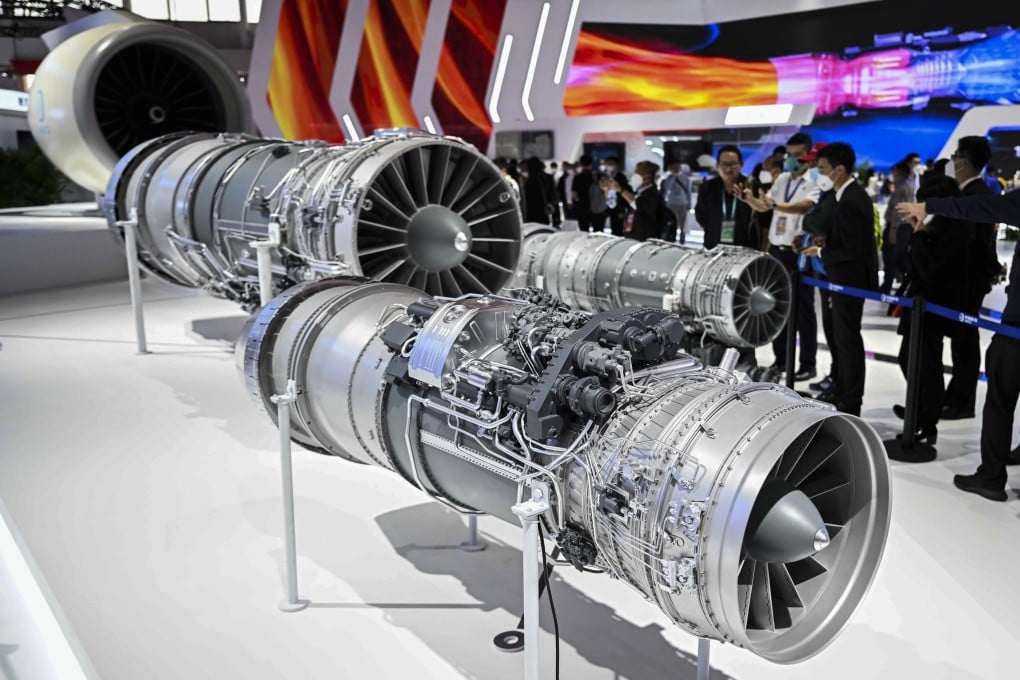Chinese team develops world’s first ceramic material that can bend like metal
- Flexible silicon nitride ceramics could boost performance of aerospace and automobile engines, according to paper
- The technology could also be used to make better artificial joints and wind turbine components, scientist says

Plasticity and strength were previously considered opposing qualities of ceramics – improvement in one typically meant a decline in the other. But the new material, which has the hardness of ceramic and the flexibility of metal, is the first example of scientists improving both at the same time, according to materials scientist Chen Kexin, who led the research.
Chen and colleagues at Tsinghua University published their findings in the peer-reviewed journal Science on October 27. The discovery “could lead to materials that are lighter and stronger than even the best metal alloys of today”, Erkka Frankberg of Tampere University in Finland wrote in a perspective article published in the same issue of Science.
“There has been research on plasticity of ceramics around the world since I started my career 30 years ago. It can be said that today we have finally achieved a breakthrough on that topic,” Chen said.
The researchers used silicon nitride to make nanopillars containing two types of crystal structures. When subjected to external force, one type of crystal structure can transform into the other, allowing the material to bend then resume its original shape.
